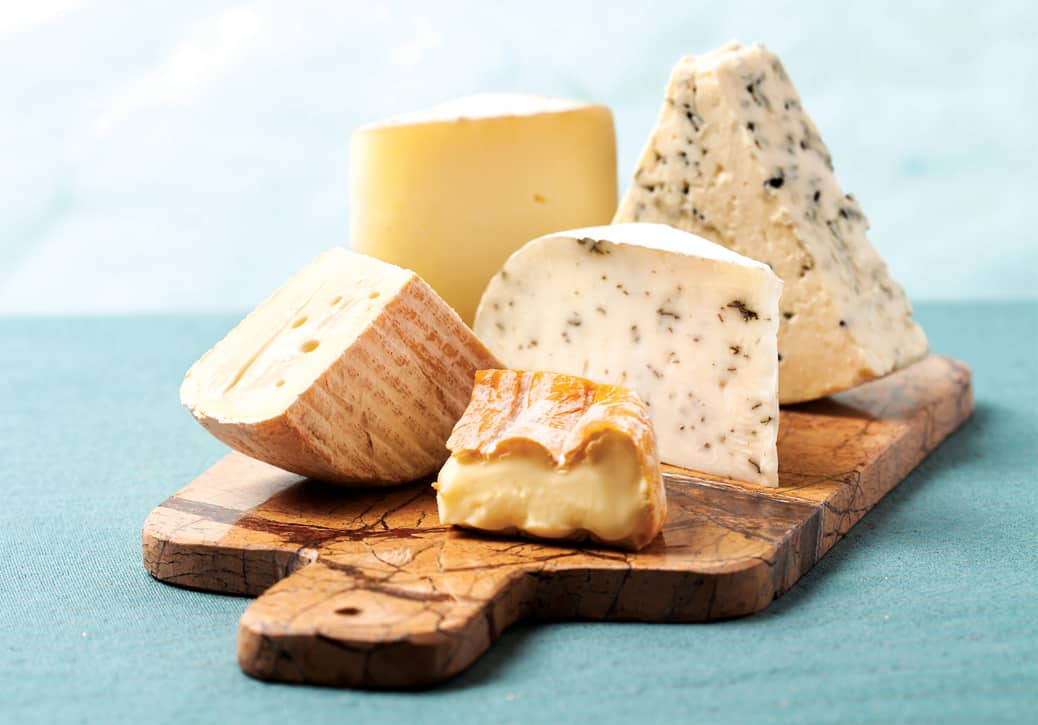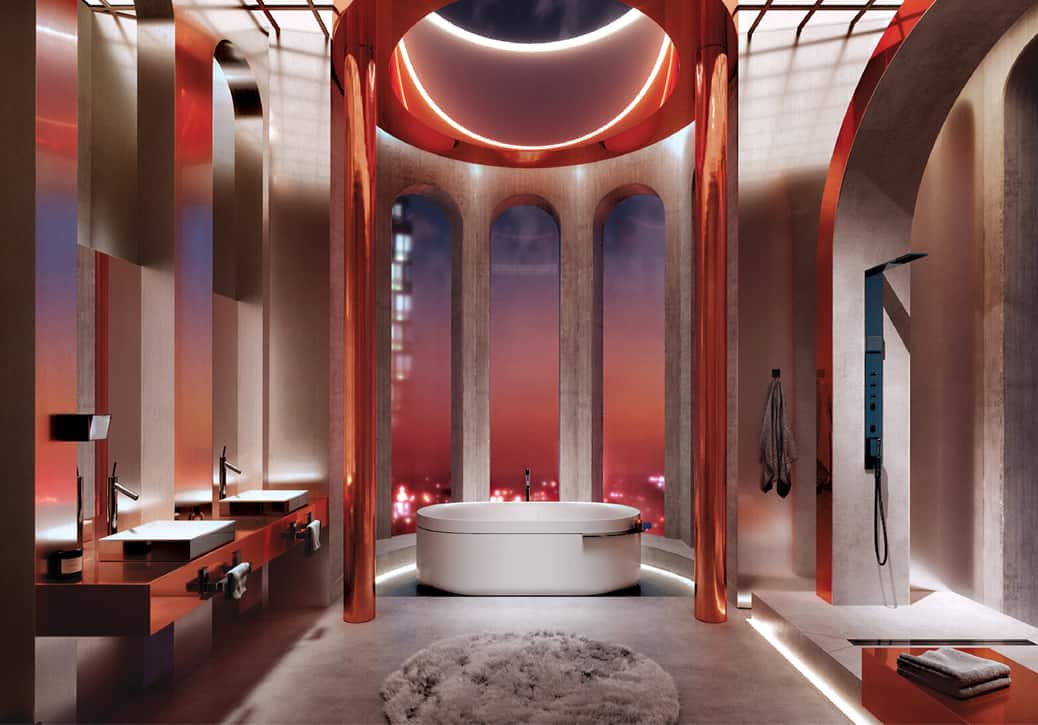 The Fragile Equilibrium of Peace
The Fragile Equilibrium of Peace
By Keith Edwards
Touring the Battlefields of Northern France
What was Private William Johnstone Milne thinking as he crouched in one of the dank, muddy tunnels near Vimy Ridge on Easter morning, 1917? What crossed his mind as he waited for the order to scramble out into the snow and raking machine-gun fire? Was he wondering if he would ever again see the endless prairie sky of the farm near Moose Jaw?
Standing on the rough steps in that same dank tunnel, I’m mesmerized. Pausing on Stair 10, I wonder if this is where Private Milne faced his destiny. Incidentally, Private Milne was one of four Canadians posthumously awarded the Victoria Cross for bravery.
That day’s attack, the first by four Canadian divisions, included young soldiers from every corner of Canada. Nearly 3,600 were killed and 7,000 wounded, but Vimy Ridge was won.
Later that day, as I gaze at the imposing Canadian National Vimy Memorial looming out of the fog, I experience mixed emotions: pride in the soldiers’ valour, and sadness at so tragic a loss of life. Touring these historic battlefields in northern France, as in Hiroshima, I have come to appreciate the reverence the locals have for these sites.
L’Hermitage Gantois
This history is also apparent when I check into L’Hermitage Gantois in Lille, my base for exploration. It is an ingenious cobbling together of a 15th century hospice, a chapel built in 1666 and a much later chateau-like building, formed around several courtyards. The largest courtyard is roofed over and reimagined as an elegantly furnished bar, where my thoughts return to Private Milne. I raise a flute of champagne in a silent toast to him and the other brave young Canadians who lost their lives.
 Later I repair to the hotel’s informal but smart Brasserie Flamande, which specializes in rare regional dishes. A delightful retired couple from Paris at the next table have come to Lille specifically for an exhibition at the justifiably renowned Palais Des Beaux-Arts. They recommend the potjevleich maison, a delicious meatloaf of rabbit, pork and chicken, with toast and salad. Fuelled by a few glasses of wine we cover a lot of ground, but, curiously, and perhaps because of my English heritage, they end up apologizing for invading in 1066. I forgive.
Later I repair to the hotel’s informal but smart Brasserie Flamande, which specializes in rare regional dishes. A delightful retired couple from Paris at the next table have come to Lille specifically for an exhibition at the justifiably renowned Palais Des Beaux-Arts. They recommend the potjevleich maison, a delicious meatloaf of rabbit, pork and chicken, with toast and salad. Fuelled by a few glasses of wine we cover a lot of ground, but, curiously, and perhaps because of my English heritage, they end up apologizing for invading in 1066. I forgive.
World War I sites
Selecting which of the numerous World War I sites around Lille to visit is easy with help from the Lille Tourist Office, located in the ancient Palais Rihour. Bespoke tours are highly recommended.
My first stop—the recently opened Lens’ 14–18 Great War Interpretation Centre in Souchez. It commemorates the events and battles that took place in the Nord-Pas-de-Calais region, where nearly 600,000 soldiers on both sides lost their lives. The audio-visual presentations offer a grand sweep of the war, while photographs, weapons, artifacts and a searchable database of those who died give a starker, more personal insight. Adjacent to the French National War Cemetery at Notre-Dame-de-Lorette, the Ring of Remembrance also lists the names of all these soldiers from 40 nations, without reference to nationality, rank or religion. It stands as a reminder to everyone of the fragile equilibrium of peace.
Wellington Quarry in Arras should be next, particularly for those of us interested in Vimy. It’s a visceral experience. Donning a soldier’s tin helmet, I descend into a maze of tunnels similar to those that housed thousands of Allied troops such as Private Milne. These tunnels, dug mostly by New Zealanders, linked up medieval mines and allowed troops to build up out of sight of the enemy. Impressive interactive displays give a real sense of the conditions the soldiers endured.
The Beaumont-Hamel Newfoundland Memorial Park is atmospheric and approachable, yet its beauty hides a terrible truth. On July 1, 1916, the entire Royal Newfoundland Regiment, save for 68 men, was killed or injured within half an hour of going into battle. Atop a craggy outcrop a stag bellows silently, as if in anguish, across an eerily beautiful but now peaceful landscape. Somehow this speaks to me more than many of the larger sites.
and approachable, yet its beauty hides a terrible truth. On July 1, 1916, the entire Royal Newfoundland Regiment, save for 68 men, was killed or injured within half an hour of going into battle. Atop a craggy outcrop a stag bellows silently, as if in anguish, across an eerily beautiful but now peaceful landscape. Somehow this speaks to me more than many of the larger sites.
Most topical, given its upcoming centenary in spring 2017, is the Vimy Ridge National Historic Site of Canada—a must-visit. Sited on a high point, it is colossal yet strangely accessible, with a hauntingly precarious statue of Mother Canada on the rear ledge, gazing out to where so many of our boys lost their lives.
On a more human scale is the poignant memorial to the Christmas Day 1914 truce at Ploegsteert. The truce, which came in the form of a soccer game, happened just across the border in Belgium. Troops from both sides warily emerged from their trenches to play. Today, visitors from every country come to leave soccer balls in front of the “rusty soccer ball” memorial. In a nearby poppy field, a hand-painted arrow has the words “Charing Cross” (the London train station), while an arrow pointing in the other direction states “Victoria Cross.”
A visit to the various national cemeteries is a study in interesting differences. The German War Cemetery at La Maison Blanche in Neuville-Saint-Vaast is a vast field of austere black crosses set in a natural, but spare, landscape. Each cross marks four graves. The French National War Cemetery at Notre-Dame-de-Lorette is similarly spare, but there is one yellow-hued stone cross for each soldier. By contrast, the curiously named Cabaret Rouge Military Cemetery for Commonwealth troops in Souchez is laid out almost like an amphitheatre. Here, substantial headstones are surrounded by well-tended shrubs, dwarf hedges and flowers.
 Food, drink and more sights
Food, drink and more sights
Touring the battlefields takes time, and there are a number of small restaurants in the towns and villages that I can recommend for a quick lunch or perhaps an informal dinner: the friendly, rustic L’Estaminet de Lorette, which specializes in traditional regional cuisine and is close to the Ring of Remembrance; the inviting Bistrot du Boucher in Amiens and the very local flavour of the Hotel Restaurant de la Basilique in Albert; Le Quai at Amiens, which is attractively sited on the river; and La Cave des Saveurs in Arras.
Lille has more choices. For more formal dining, the Restaurant Gastronomie in L’Hermitage is a top pick, along with its sibling Brasserie Flamande for excellent local dishes. Le Barbue d’Anvers offers Flemish-themed food in a wood and exposed brick ambience. Jour de Pêche is an excellent intimate seafood restaurant. For the sweet toothed, Méert Patisserie has been making delicious pastries, cakes and chocolate since 1761. For outstanding macarons, head to Patrick Hermand—try the cassis flavour.
hotelhermitagegantois.com
lilletourism.com
7 very special places
It would be a shame to overlook the culture of this region.
1) Cathedral Notre-Dame de la Treille in Lille is a mixture of very different architectural styles, but what made it particularly special, at the time I visited, were the vibrant modern artworks.
different architectural styles, but what made it particularly special, at the time I visited, were the vibrant modern artworks.
2) Amiens Cathedral is deservedly a UNESCO World Heritage Site. This soaring Gothic cathedral has some superb statuary on its facade. One of the best of its kind.
3) Palais des Beaux Arts de Lille has a very fine collection of fine arts, modern art and antiquities, including paintings by Rubens, van Dyck and Manet.
 4) The Louvre-Lens, the only outpost of the iconic Paris museum, is housed in a spectacular glass and aluminum building. Priceless pieces are imaginatively curated, and span from antiquity to the modern era. Exceptional.
4) The Louvre-Lens, the only outpost of the iconic Paris museum, is housed in a spectacular glass and aluminum building. Priceless pieces are imaginatively curated, and span from antiquity to the modern era. Exceptional.
5) La Piscine Musée d’Art et d’Industrie in Roubaix is a repurposed art-deco swimming pool with a fine collection of 19th and 20th century paintings and textiles showcasing the region’s heritage.
6) Villa Cavrois in the suburbs of Lille is a stunning 1930s modernist villa by architect Robert Mallet-Stevens, who also designed its furniture and incorporated the then-latest technology for textile magnate Paul Cavrois.
7) If you still have time then the floating gardens of the Les Hortillonnages in Amiens are worth a look. Taking a tour in a flat-bottomed electric-powered boat through the canals is to enter a bygone era, and the gardens still grow fruit and vegetables for the city today.
A not-to-be-missed finale to any tour is the Last Post Ceremony at the Menin Gate Memorial in Ypres, just across the border in Belgium. The ceremony has been performed every evening at 8 pm since November 11, 1929, except during the occupation of the city during World War II. During busy periods it’s advisable to arrive up to an hour ahead in order to get a good position at the east end of Menin Gate. The silence is absolute as the buglers march up and sound the mournful last post. Fortuitously, when I was there the Canadian Governor General’s Horse Guards, provided the honour guard to commemorate the fallen of the 4th Regiment Canadian Mounted Rifles on June 2, 1916, at Mount Sorrel in the Somme. Of 803 men who went into battle, only 79 were able to report for duty the following day.
Private Milne and your brave comrades,
je me souviens.












